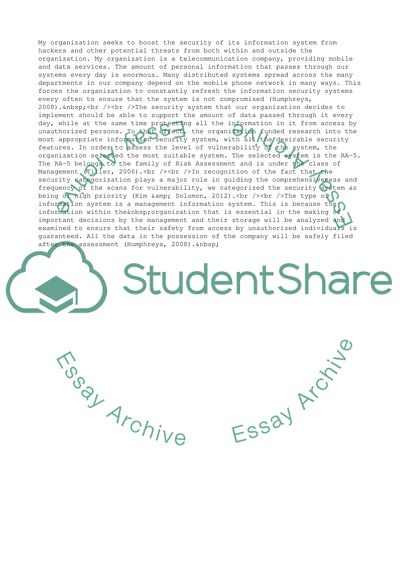Cite this document
(Information Security Management Standards Report Example | Topics and Well Written Essays - 3250 words, n.d.)
Information Security Management Standards Report Example | Topics and Well Written Essays - 3250 words. https://studentshare.org/management/1657576-project-3-sample-cyber-security-profile-system-security-plan
Information Security Management Standards Report Example | Topics and Well Written Essays - 3250 words. https://studentshare.org/management/1657576-project-3-sample-cyber-security-profile-system-security-plan
(Information Security Management Standards Report Example | Topics and Well Written Essays - 3250 Words)
Information Security Management Standards Report Example | Topics and Well Written Essays - 3250 Words. https://studentshare.org/management/1657576-project-3-sample-cyber-security-profile-system-security-plan.
Information Security Management Standards Report Example | Topics and Well Written Essays - 3250 Words. https://studentshare.org/management/1657576-project-3-sample-cyber-security-profile-system-security-plan.
“Information Security Management Standards Report Example | Topics and Well Written Essays - 3250 Words”. https://studentshare.org/management/1657576-project-3-sample-cyber-security-profile-system-security-plan.


